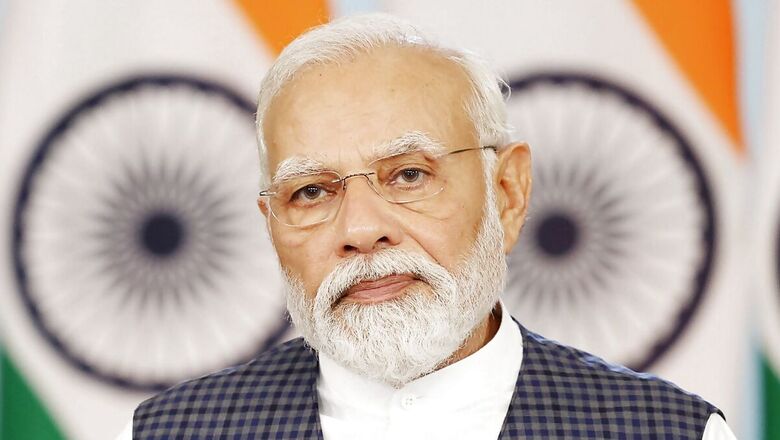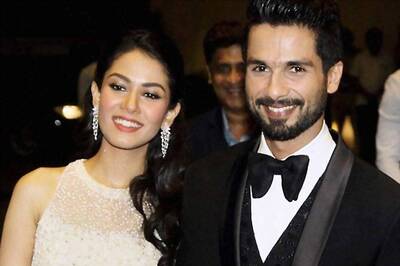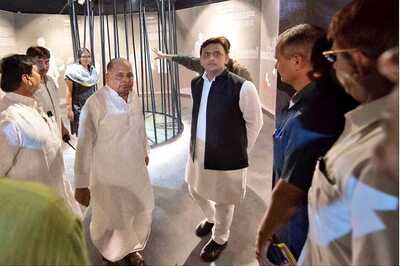
views
Chandrayaan-3 spacecraft moved closer to the Moon’s surface on Wednesday after it underwent another orbit reduction manoeuvre. India’s ambitious third Moon mission’s spacecraft Chandrayaan-3 was launched on July 14 and had entered the lunar orbit on August 5.
“Even closer to the moon’s surface. Chandrayaan-3’s orbit is reduced to 174 km x 1437 km following a manoeuvre performed today,” ISRO said in a post on microblogging platform X, formerly known as Twitter, on August 9.
According to ISRO sources, there will be two more orbit reduction manoeuvres to bring the spacecraft closer to the Moon. These manoeuvres will be performed on August 14 and 16 to reach 100 km orbit, following which the landing module, comprising the lander and rover will break away from the propulsion module.
After this, the lander is expected to undergo a “deboost” (the process of slowing down) and make a soft landing on the south polar region of the Moon on August 23.
Whether it ultimately succeeds in a soft landing or not, the moon mission has been a huge success already. It is a beacon of India’s expertise in space technology, and a testimony to the relentless pursuit of excellence by ISRO scientists and engineers.
The mission also owes a great deal to the unwavering support and strategic initiatives of Prime Minister Narendra Modi’s administration.
PM Modi’s vision of a ‘New India’ is seamlessly entwined with advances in space technology. “India’s growth story will depend on science and technology sector and there’s a need to transform this sector,” he had said in an address to the Indian Science Congress in 2020.
Under the Modi government, the aerospace sector has witnessed a remarkable increase in budget as well. In 2014, the budget for ISRO was around Rs 5,000 crore. By FY24, the budget allocation increased to around Rs 12,000 crore. The increased budget has been critical in securing cutting-edge technology, recruiting best talent, rigorous testing and quality control. ISRO has also been able to foster international collaborations, launching satellites for various countries and partnering on global space missions.
ISRO’s projects highlight the agency’s adeptness at resource optimisation too. The combined expenditure for the lunar and Martian missions have been even less than the production budget of the Hollywood movie Interstellar.
The PM has been instrumental in simplifying bureaucratic processes and cutting the red tape when it comes to space research. Recently, the government approved the Indian Space Policy 2023 that ensures ISRO puts R&D front and centre, instead of focusing on building unwieldly bureaucracies.
The policy also promises to facilitate greater private sector participation in activities that have usually been the domain of ISRO. “I would urge more and more start-ups and innovators to take full advantage of these huge opportunities being created in India in the space sector,” the PM had said.
PM Modi has repeatedly said that for India, space is not just about science, it is also about national security and economic development. It is this ethos that has transformed Chandrayaan-3 from being a mere scientific mission into a national aspiration.




















Comments
0 comment